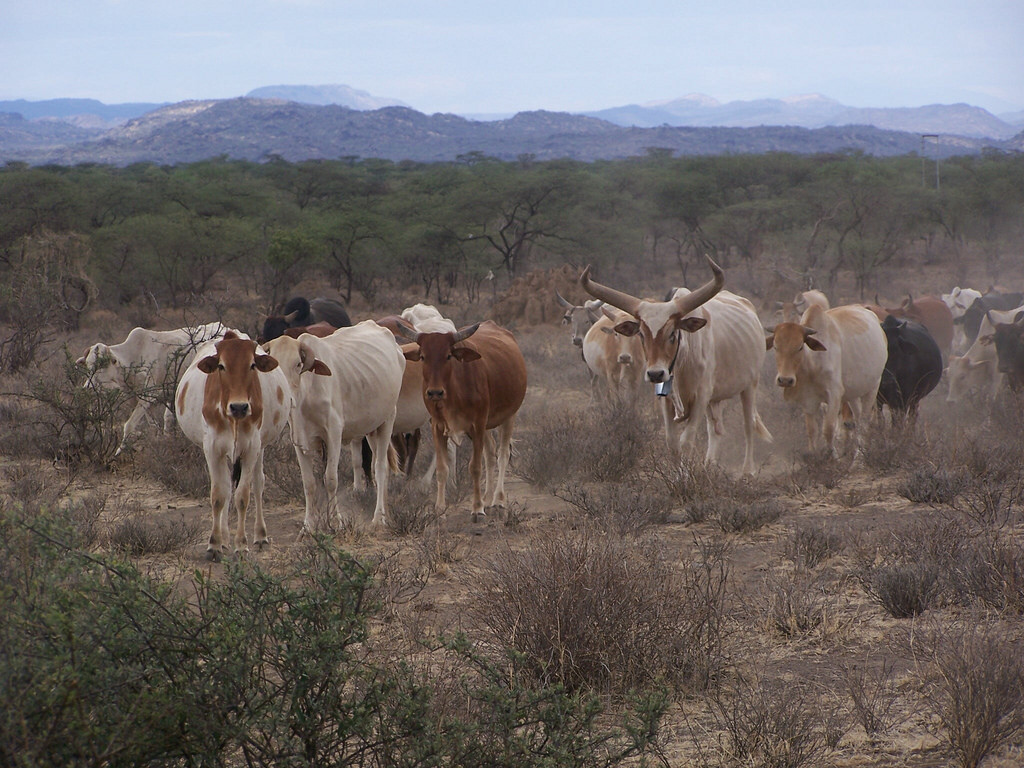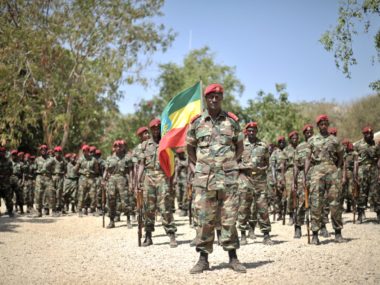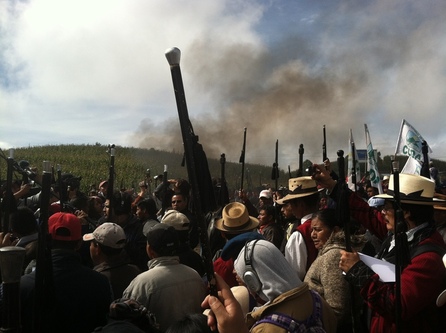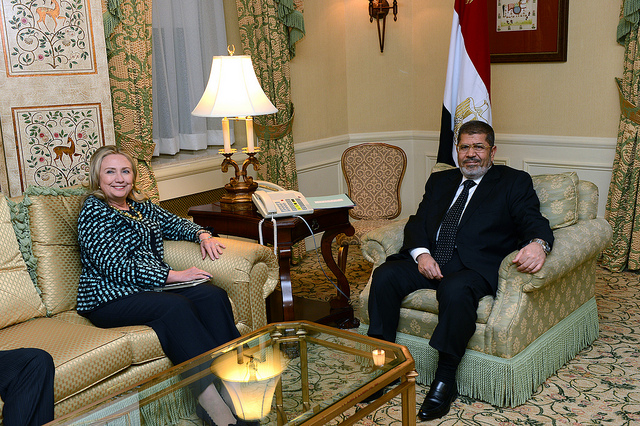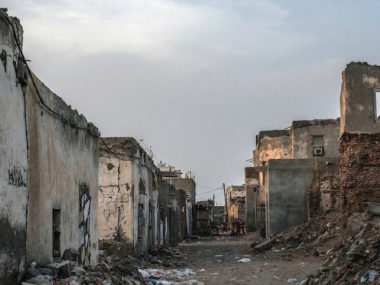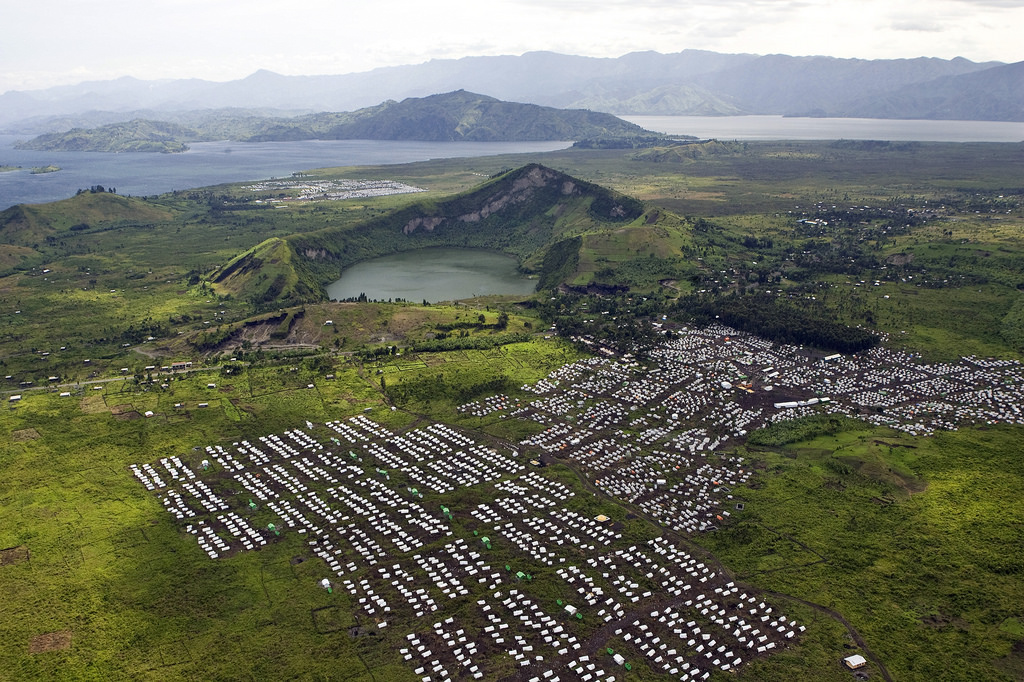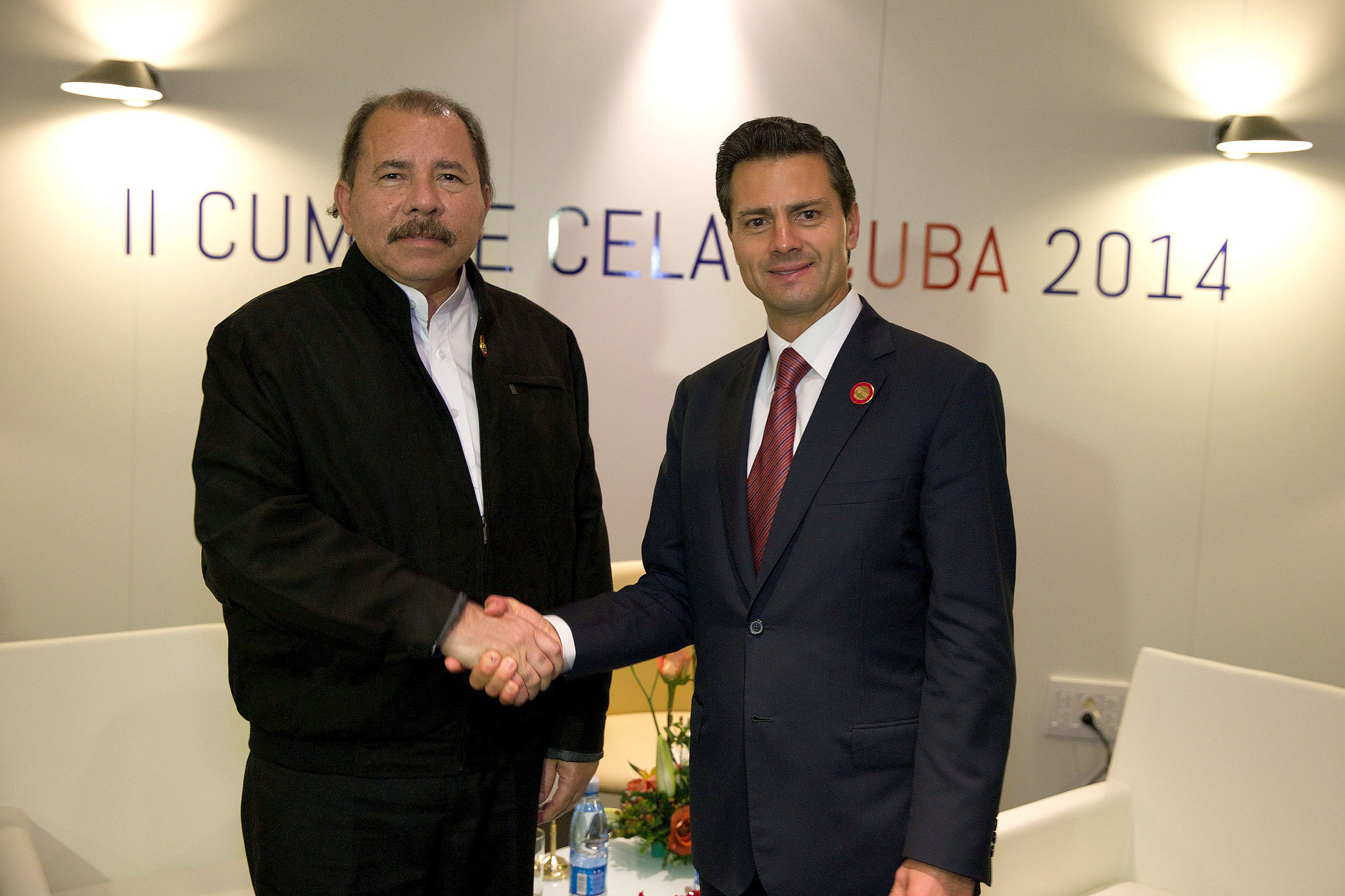Guest post by Judith Verweijen.
In June 2014, over 35 civilians were killed in the village of Mutarule in Uvira territory in the eastern Democratic Republic of the Congo (DRC). The massacre occurred in the wake of clashes between the army and two armed groups – the standoff was sparked by a bout of cattle-looting. While the killings were not directly related to the looting, they did draw attention to the role of cattle in violent conflict.
Both in the Congo and other parts of Sub-Saharan Africa, cattle-looting is an important source of income for armed groups (for examples from South Sudan and Nigeria, see here and here). But cattle are more than ‘conflict resources,’ or a means to finance war; the tensions resulting from transhumance, or seasonal movements of cattle, often fuel wider conflict dynamics. Furthermore, for pastoralists, cattle hold deep symbolic value. Therefore, cattle-looting may create grievances, or in the case of competing pastoralist groups, lead to tit-for-tat raids.
While cattle can thus contribute to armed conflict in various ways, the causal links between cattle, conflicts, and violence remain poorly understood. One reason for this is that studies do not always detail by what mechanisms conflicts – for instance between pastoralists and agriculturalists – lead to increasing violence. In many contexts, violence is primarily perpetrated by armed groups that are only loosely affiliated with the parties in conflict. Consequently, the links between conflicts and violence are less direct than is sometimes assumed.
Another reason is that looking at a certain context through the lens of ‘resources conflict’ might obscure other salient conflict dynamics. Conflicts around cattle often intersect with other tensions, like inter-community conflicts or inter-elite competition. Finally, there is often unilateral attention paid to how conflicts feed into violence. But the inverse, or how violence impacts conflicts, is also of importance. Past violence alters the perceptions of present-day conflicts, thereby changing their stakes.
In recent research, we study the complex links between cattle, conflict, and violence in the eastern Congo. In Fizi and Itombwe (in South Kivu), there are a multitude of armed groups, most of which are labeled ‘Mai-Mai’ groups. The latter are recruited from amongst communities who portray themselves as ‘autochthones’ (or the ‘native’ population) and who largely (but by no means exclusively) depend on agriculture for their livelihoods.
Several of these communities, such as the Babembe and Bafuliiru, have tense relations with a mostly pastoralist group, the Banyamulenge. Despite their long-term presence on Congolese soil, the Banyamulenge are often accused of being ‘foreigners.’ These antagonisms came to a head during the Congo Wars (1998-2003) when the Banyamulenge joined rebel groups that clashed with the Mai-Mai.
Every dry season, as the Banyamulenge’s cattle descend from pastures high up in the mountains, tensions mount in several parts of Fizi. When cattle in transhumance trample on cultivators’ fields, conflicts result. More importantly, cattle owners fear that their cattle will be looted by Mai-Mai groups. The latter also erect barriers on the road to levy a fee on each head of cattle that passes, threatening to loot them if cattle-keepers do not comply.
To justify their activities and draw support, Mai-Mai groups portray themselves as defenders of the ‘autochthonous’ cultivators against the ‘foreign’ Banyamulenge herders and their cattle. Memories of past violence enhance the resonance of these portrayals, transforming the Banyamulenge into a security threat. This conflict narrative allows the Mai-Mai to present cattle-looting as ‘community defense.’ Such looting, however, is also motivated by material interests, in particular of the Mai-Mai leadership, who receive most of the revenues. This is evidenced by the fact that there is often no direct link with actual incidents related to transhumance.
Banyamulenge armed groups, for their part, have similarly claimed to protect their community and its interests. When cattle-looting intensified in 2008, the Twigwaneho militia was resuscitated to protect cattle during transhumance and retrieve stolen cows. This initiative was in part motivated by the high symbolic value that cows hold for the Banyamulenge – and memories of past Mai-Mai violence – causing attacks on cattle to be seen as attacks on the Banyamulenge community itself.
In sum, both past and present-day armed activity alters the nature and stakes of conflicts around cattle. They change the ways these conflicts are framed and experienced. These framings, in turn, affect perceptions of armed group activity. The latter is often seen to express the ‘will’ of the community they claim to defend, even if most community members have a limited say in armed groups’ actions. As a consequence, actions such as cattle-looting are often blamed on communities as a whole.
The links between cattle-related conflicts, armed group activity, and violence are complex and multi-directional. Moreover, they are mediated by discourse, notably particular conflict narratives that transform the perceptions of both conflicts and violence. Therefore, just as the term ‘conflict minerals’ is dangerous as it suggests simple causal links, speaking of ‘conflict cows’ in the Congo may serve more to obscure than to elucidate processes of violence.
Judith Verweijen is an FWO Postdoctoral Research Fellow at the Conflict Research Group of Ghent University in Belgium.

